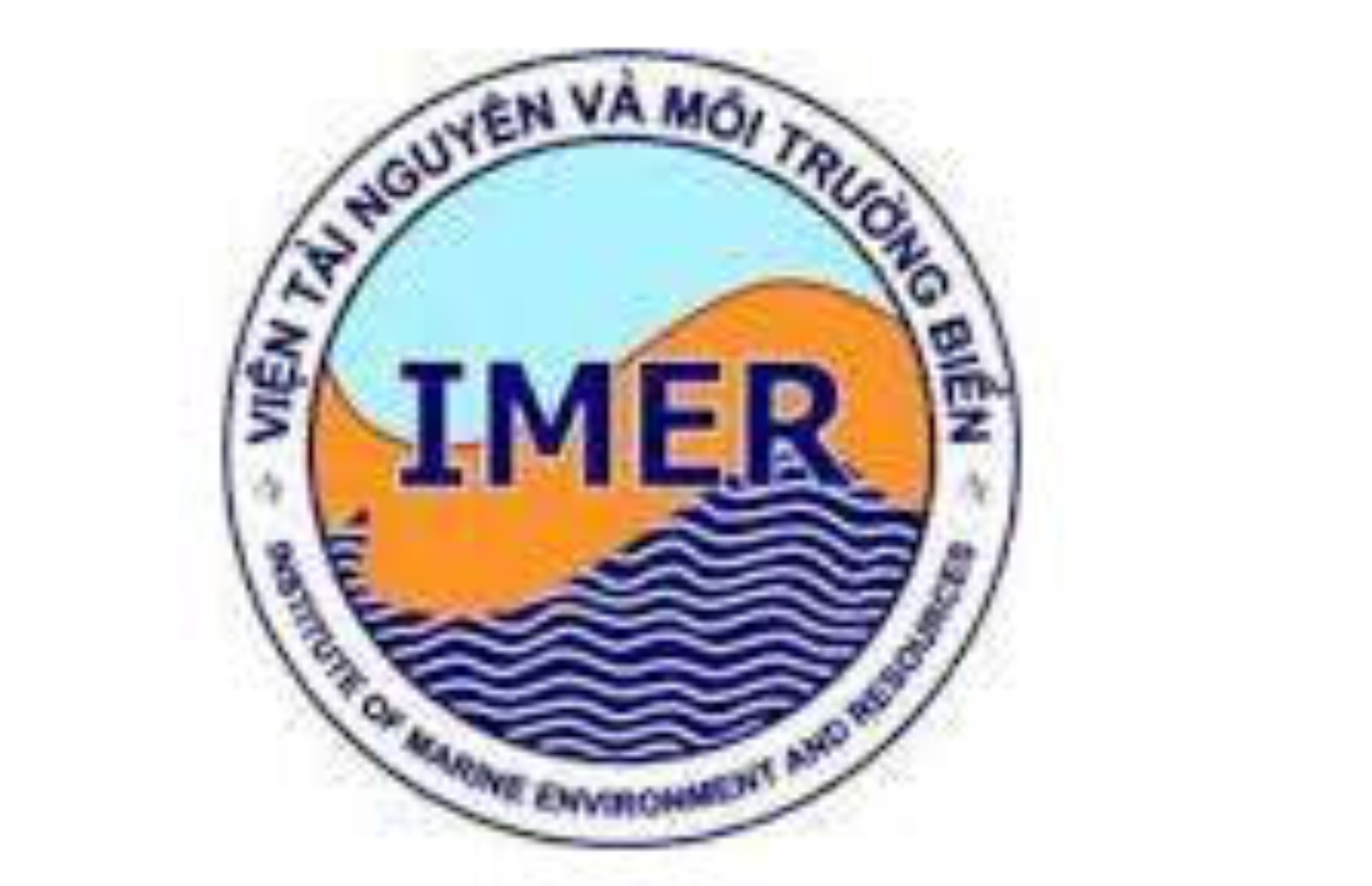Letter on the occasion of vietnam press dayletter on the occasion of Vietnam Press Day
On the occasion of Vietnam Press Tradition Day (June 21, 1925 - June 21, 2022), on behalf of the Vietnam Journal of Marine Science and Technology, I would like to send my best wishes to the Editorial Board Members and Contributors of...





